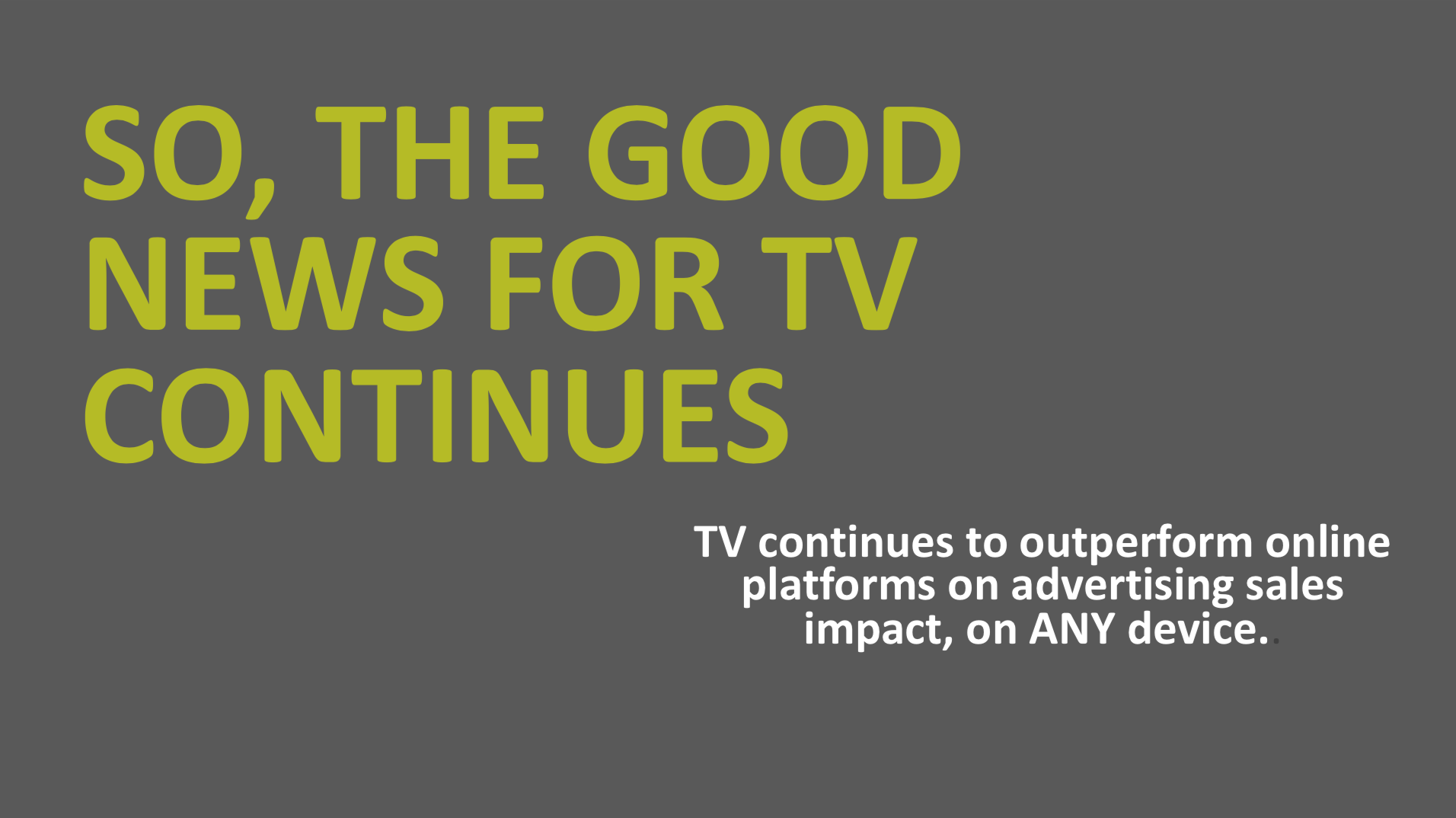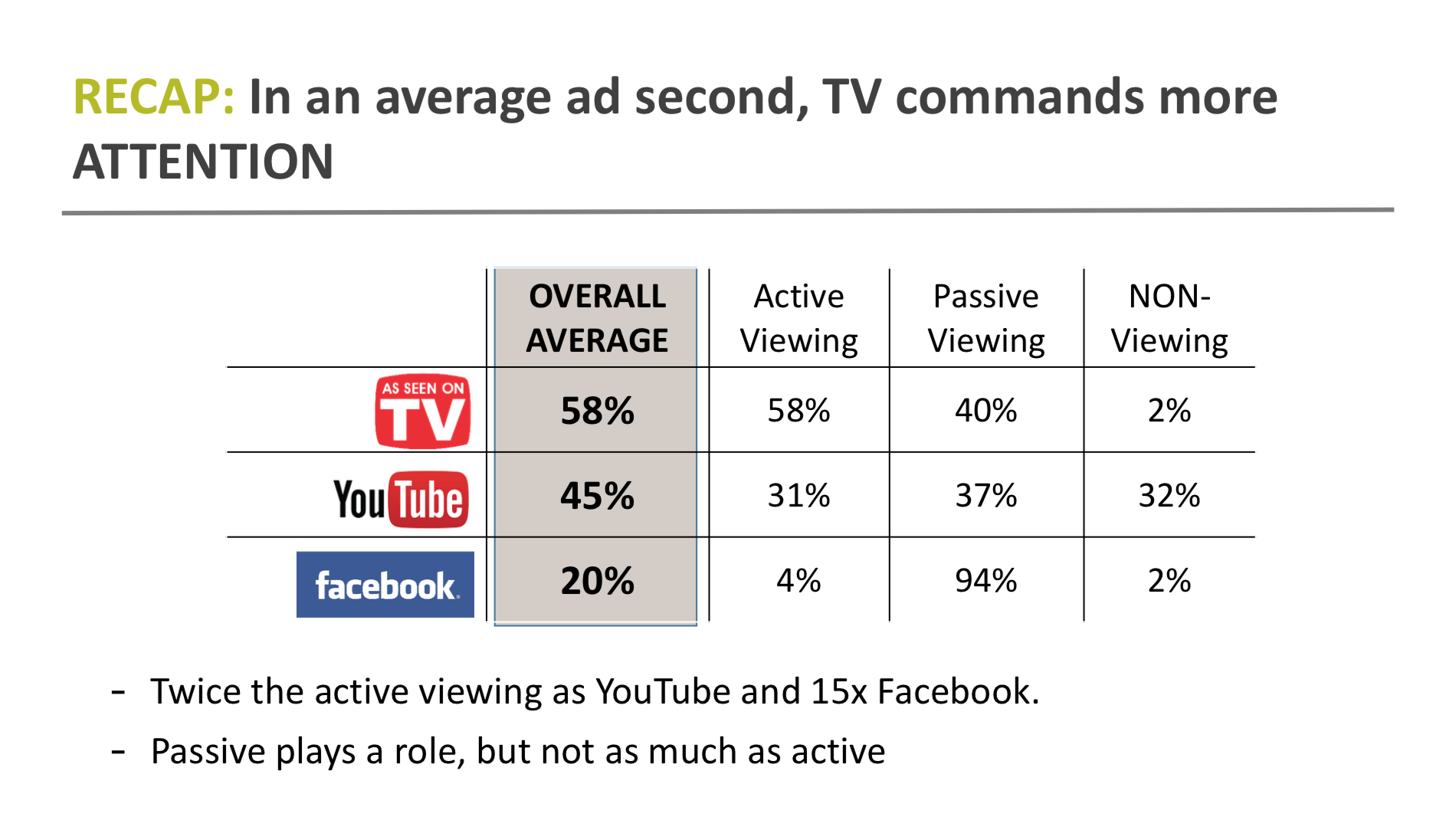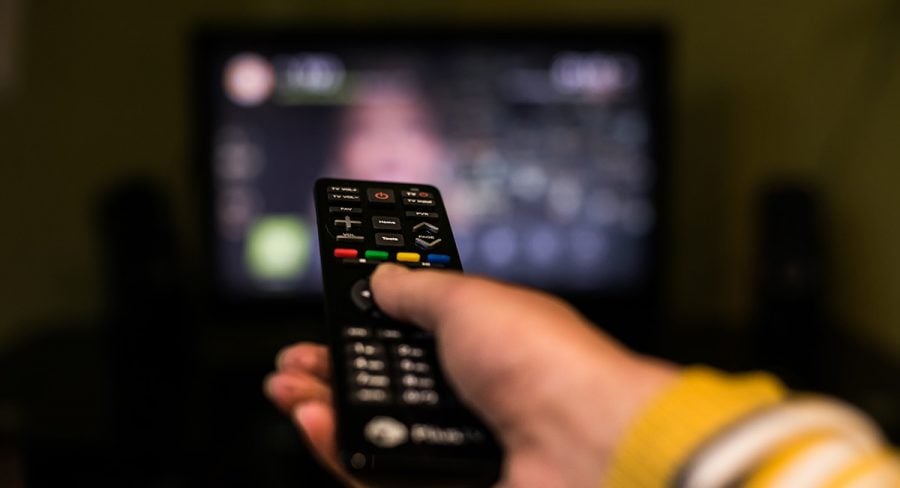New research from marketing science academic Professor Karen Nelson-Field has uncovered new insights into how and why video advertising works for brands when viewed on mobile devices.
The “mobile edition” of Professor Nelson-Field’s ongoing Benchmark Series, commissioned by ThinkTV, reveals a number of significant findings that are designed to help advertisers and their agencies get the best out of video advertising.

Karen Nelson-Field
Professor Nelson-Field unveiled the results from the mobile edition of The Benchmark Series at Future TV Advertising Forum in Sydney.
The latest tranche of the Benchmark Series seeks to compare the sales impact and attention generated by video advertising viewed on mobile devices on Facebook, YouTube, and TV (over Broadcaster Video-On-Demand services).

The research found:
• Advertisements viewed on mobile devices by consumers of Facebook, YouTube and broadcaster video-on-demand (BVOD) all generated a positive sales impact for brands.
• On mobile devices the sales impact of BVOD is 33% higher than on Facebook and 17.5% higher than on YouTube.
• The sales impact of TV outperforms Facebook and YouTube irrespective of screen.
Sales Impact
Using the well-established metric of short-term advertising strength (STAS) to measure the impact an advertisement has on sales, the research found that BVOD on mobile devices performed 17.5% stronger than YouTube and 33% stronger than Facebook.
Attention
The same pattern carried for attention, which Professor Nelson-Field scored out of 100 based on the results of eyetracking measurements. On an aggregate of these measures, BVOD scored 63 points out of 100. That was 9 points higher than Facebook, which scored 54, and 19 points higher than YouTube, which scored 44.
TV wins on every measure
Professor Nelson-Field found that the sales impact of TV outperformed YouTube and Facebook irrespective of screen. So TV, whether viewed on a TV screen, computer or mobile device, delivered a significantly stronger result than both Facebook and YouTube on those platforms’ best-performing screen, mobile.

Screen Coverage
The study found that screen coverage (the percentage of a screen occupied by an ad) was highly correlated to attention and sales, in line with previous findings from the Benchmark Series. On this measure, TV, at 100% screen coverage, provided almost four times more screen coverage than Facebook and three times more screen coverage than YouTube, which Professor Nelson-Field identified as one of the key reasons for TV’s ability to have the most impact on sales.
Mobile
Professor Nelson-Field explained that because mobile screens tend to be held closer to the viewer’s eyes their peripheral vision adjusts to the screen proximity, which means that passive viewing on mobile is worth more to sales than passive viewing on other devices. (NB Professor Nelson-Field did not investigate other factors in advertising success such as the impact of reach and reach velocity.)
—
Kim Portrate, chief executive of ThinkTV, said: “This study takes the Benchmark Series a stage further; digging into the fast-growing world of mobile. It proves video advertising on mobile screens works on all of these major platforms – as more people lean in to their content choices – but it also shows that not all media is equal on mobile.”
Steve Weaver, director of research, insights and education at ThinkTV, said: “There are two key lessons from the latest round of findings. The first is that mobile generates good sales impact for all platform providers, which is great for the whole industry. But secondly, TV broadcaster online video inventory has come out tops, providing very clear direction for the ad industry of the effectiveness of broadcaster content on mobile as a more effective alternative to Facebook and YouTube and as the perfect partner to the unbeatable reach speeds of TV on the big screen.”
